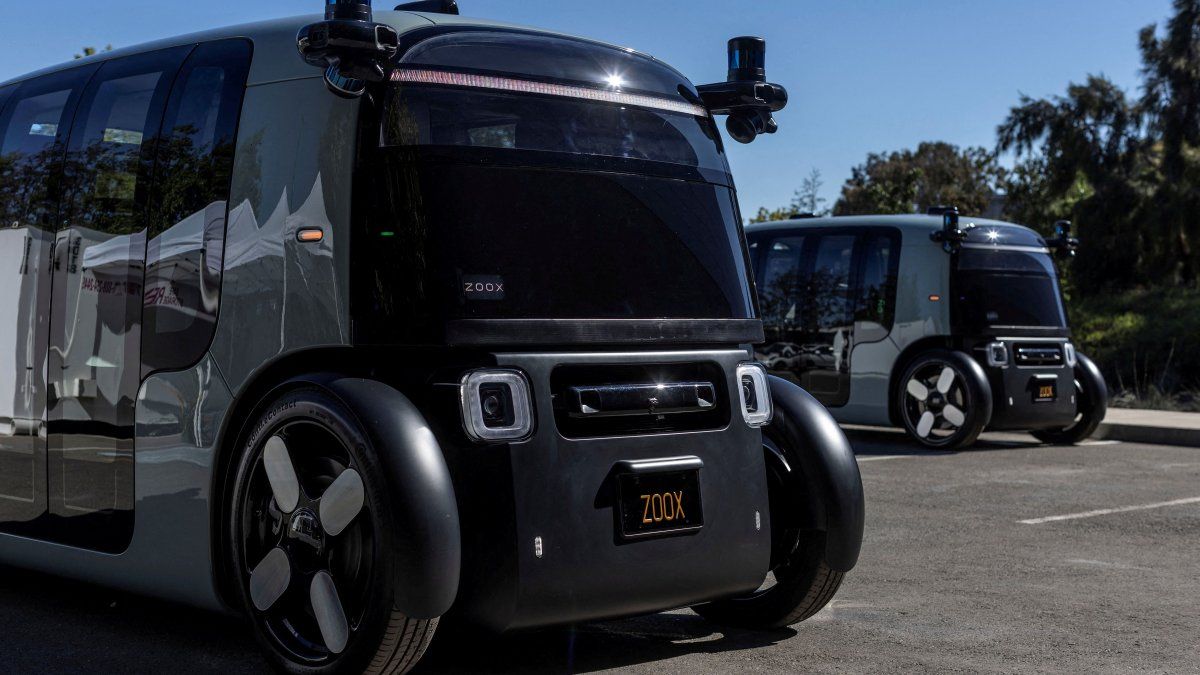According to the investigation, the cars that had this system braked unexpectedly, which caused the accidents.
The research will evaluate the performance of Zoox’s ADS, particularly in relation to collisions, as well as “behavior at pedestrian crossings around vulnerable road users, and in other similar rear-end collision scenarios.”
By David Shepardson, Reuters agency.- The United States National Highway Traffic Safety Administration (NHTSA) reported the opening of a investigation into autonomous vehicles equipped with Amazon.com’s Zoox system, due to unexpected braking that caused two collisions in which motorcyclists were injured.
The content you want to access is exclusive to subscribers.
NHTSA said it opened a preliminary evaluation after two crashes involving vehicles equipped with the Zoox Automated Driving System (ADS) that caused minor injuries to motorcyclists.


A total of 500 of these vehicles will be analyzed. Both incidents involved Zoox-equipped Toyota Highlanders.
A Zoox spokesperson said the company is reviewing the request for information, but did not offer additional details about the incidents. “Transparency and collaboration with regulators is of utmost importance and we remain committed to working closely with NHTSA to answer their questions,” the statement said.
In March, Zoox said it was expanding its vehicle testing in California and Nevada to include a wider area, higher speeds and night driving as it competes with Alphabet’s Waymo robotaxis. Amazon acquired Zoox in 2020 for $1.3 billion.
NHTSA said the crashes occurred under daylight conditions and within the operational design limits of the Zoox system. He also indicated that his initial investigation confirmed that “each of the Zoox vehicles was operating with ADS activated in the moments prior to each collision.”
The research will evaluate the performance of Zoox’s ADS, particularly in relation to collisions, as well as “behavior at pedestrian crossings around vulnerable road users, and in other similar rear-end collision scenarios.”
Source: Ambito
I’m a recent graduate of the University of Missouri with a degree in journalism. I started working as a news reporter for 24 Hours World about two years ago, and I’ve been writing articles ever since. My main focus is automotive news, but I’ve also written about politics, lifestyle, and entertainment.




